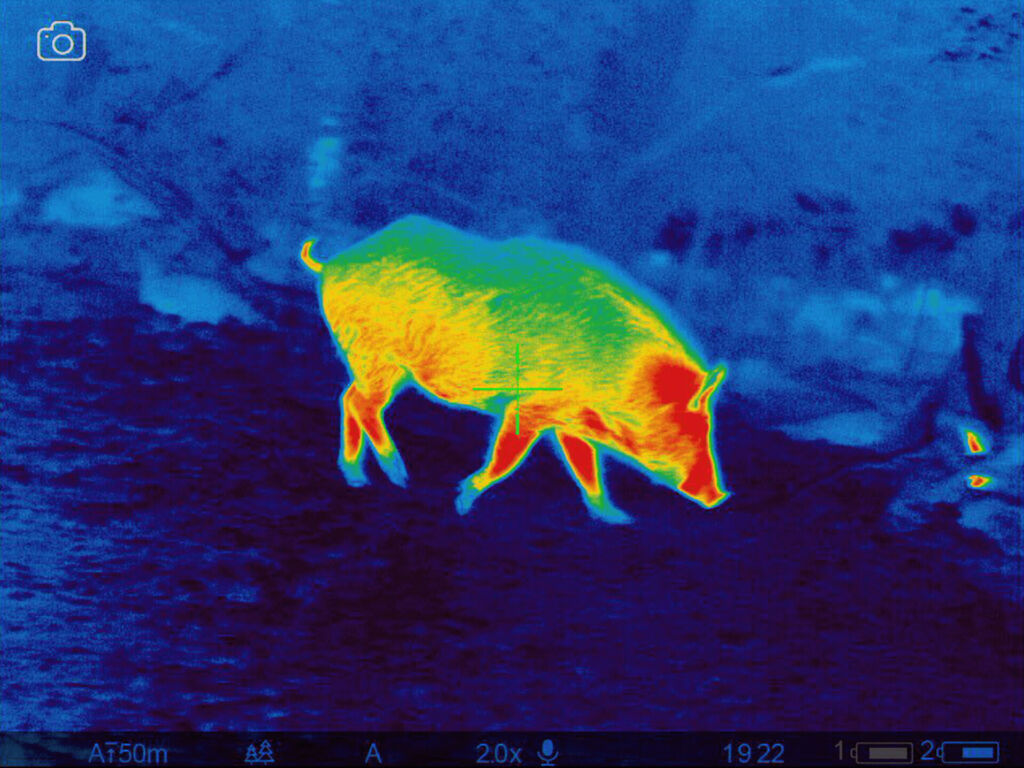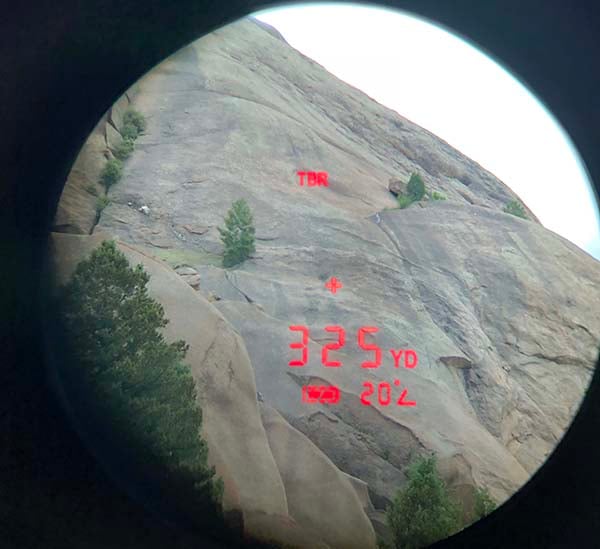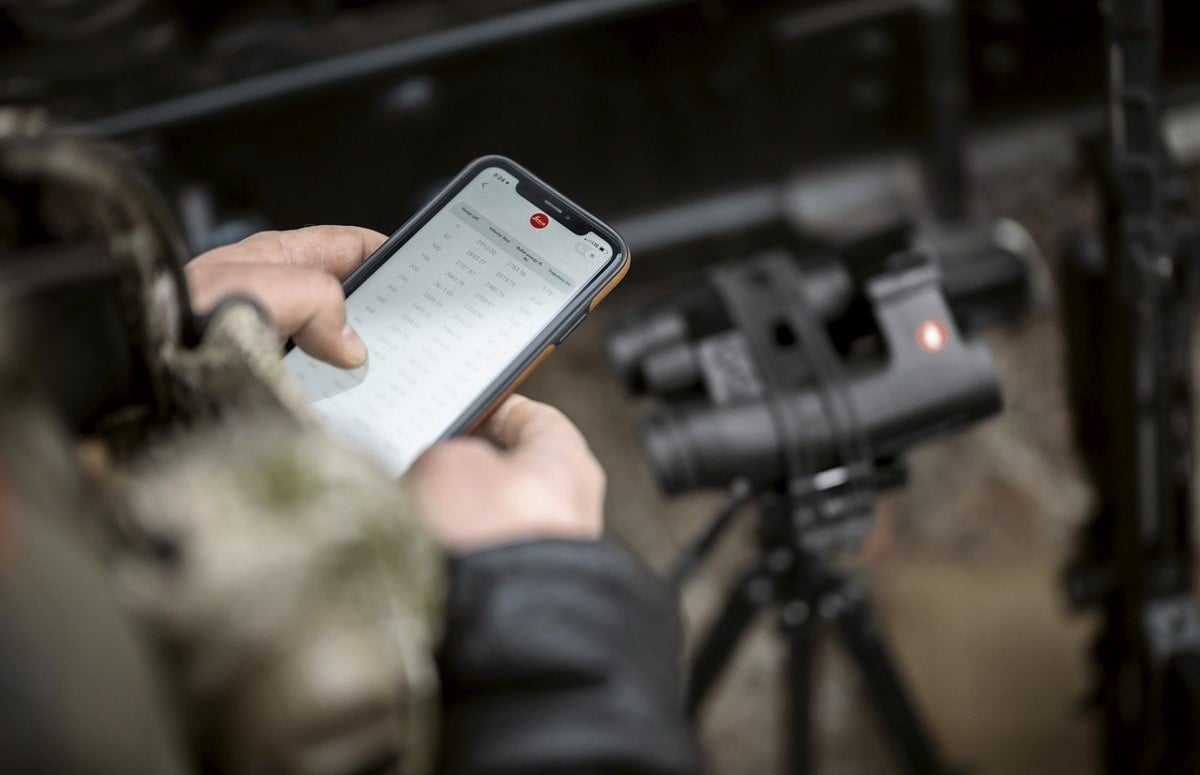
Last Updated on
We’re living in an age where technology is transforming every aspect of our lives. From the way we communicate and work to how we entertain ourselves and even hunt. Yes, you heard it right. Hunting, one of the oldest practices known to man, is getting a 21st-century makeover. Long gone are the days when hunting was just about camouflaged clothing, a sturdy bow or rifle, and hours of patient waiting. Today, it’s as much about using the right hunting gadgets as it is about skill and strategy.
In this post, we’re diving into the world of hunting technologies that are reshaping the landscape. But, we must warn you that it’s not all rosy in this new world; we’ll also touch on the ethical and conservation dilemmas these advancements pose. Let’s get started!
We’re Going to Discuss the Following Hunting Gadgets & Technologies:
Cellular Trail Cameras
Electronic Calls
GPS & GPS-Mapping Apps
Night Vision & Thermal Imaging
Rangefinders
Ballistic Apps
Cellular Trail Cameras

Once upon a time, hunting was a game of patience and intuition. A hunter, cloaked in camouflage, would tread lightly through the wilderness, eyes keenly searching for signs of game – a broken twig or a fresh track. It was a pursuit that required an intimate knowledge of the land and its creatures, honed over countless hours spent under the open sky.
Isn’t that an enticing image? But let’s face it. This idealized picture exists only because today, trail cameras work tirelessly behind the scenes, gathering invaluable data while we sit comfortably at home, coffee cup in hand. Few hunters would willingly trade these modern conveniences to return to the demanding and often uncertain methods of the past.
Today’s trail cameras are sleek, affordable, and more powerful than ever. Snapping images or recording videos when they sense movement, they provide data on the wildlife inhabiting the area. If you’re after whitetail deer and have adequate skills in data analysis, you can determine far more than the total deer population. You can count the population density, sex ratio, and fawn recruitment rate. If you’re a pro, you can also determine the buck age structure, evaluate herd health, and estimate movements. Moreover, you can locate those elusive nocturnal bucks.
However, we’d like to talk about cellular trail cameras. Unlike regular cameras, these can instantly send photos, videos, or alerts directly to your phone or email. Imagine sitting comfortably at home when suddenly your phone buzzes. You look at the screen, and there it is – a crisp image of a buck captured just moments ago.
Well, the advantages of this hunting gadget are undeniable. It saves hunters hours of physical scouting, allowing for more precise and strategic planning. The possibility of knowing the exact location and behavior of game can drastically tip the scales in your favor, increasing your chances of a successful hunt. Plus, cellular technology minimizes human disturbance in wildlife habitats, as you can receive content without checking the camera.
But as we embrace these new tools, we must pause and consider the ethical implications. There’s a growing debate within the community about whether such hunting gadget gives hunters an unfair advantage, potentially violating the principle of fair chase lying at the heart of ethical hunting. The real-time updates can provide hunters with an extreme advantage, reducing the role of skill and effort traditionally involved in tracking and hunting game. It could make hunting more about technology than personal ability. Furthermore, there’s a concern about the potential for these devices to disturb local wildlife, particularly if they’re overused or improperly placed.
Some Western states have already created laws. Arizona prohibits the use of a trail camera “for the purposes of taking or locating or aiding in the take of wildlife.” Utah prohibits all trail cameras on public lands from July 31 to December 31, while non-cellular cameras can be used on private lands for legal hunting. Nevada restricted cameras on public lands to certain times of the year. Montana banned only cellular trail cameras.
Electronic Calls

In the past, hunters had to master the art of mimicking animal sounds using mouth-blown devices. It was a tricky skill, requiring practice and precision. But as technology advanced, e-callers emerged, turning this complex art into a simple push of a button. These devices have evolved from basic, single-sound units to sophisticated gadgets that can reproduce a wide array of sounds with stunning clarity, all without breaking the bank.
E-callers have proven to be particularly effective when hunting predators like coyotes. Unlike traditional hand game calls, e-callers can be operated from a distance, creating a strategic edge that can make all the difference.
The coyote is not just another game animal; they are sharp-witted creatures with keen senses. When they hear a call, their instinct is to circle around and investigate the source of the sound from downwind, using their powerful sense of smell to verify what their ears have heard. If a hunter is making the call, this behavior can lead the coyote directly to them, often resulting in the coyote detecting the hunter before the hunter can take a shot.
This is where the magic of the e-caller comes in. By placing the e-caller away from their position, hunters can effectively direct the coyote’s attention and path of approach to the caller, not to themselves. It allows the hunter to remain undetected. Some e-callers even come with motion decoys, adding a visual element to persuade a cautious coyote to come even closer.
What about ethics? Well, e-callers, with their ability to accurately mimic a wide variety of animal sounds and lure game to a specific location, can arguably tilt the balance too far in favor of the hunter. However, you should know that predators are intelligent animals, so using the same calling sound over and over will make survived individuals desensitized to them.
GPS & GPS-Mapping Apps

In the backpack of every serious hunter, there must always be some sort of a GPS. This technology has definitely transformed the hunting experience, combining traditional skills with high-tech features to make hunting safer, more efficient, and more rewarding.
All GPS units pinpoint your exact location in real-time, making getting lost a real challenge, but what about the hunting-specific features?
First off, modern hunting GPS units often come with detailed topographical maps preloaded into their memory. These maps unfold like a bird’s-eye view of the wilderness, revealing the contours of the land, the flow of rivers, and the location of geographical features. This knowledge becomes a strategic tool, aiding in planning routes and identifying promising locations for the hunt.
With the feature of waypoint marking, hunters can leave digital breadcrumbs along their trail, marking their vehicle, campsite, or even the spot of an animal sighting. These waypoints transform into guiding stars, leading them back to points of interest or helping to track their movements through the wilderness.
And we all know that elements are a formidable opponent. That’s where modern hunting GPS units lend a hand with real-time weather updates and alerts. And if the weather did catch you, some GPS units allow for sending text messages with your location data.
Now, imagine the power and features of a robust GPS unit condensed into your smartphone, readily available at your fingertips. Рunting apps (like onX Hunt) not only provide accurate, real-time location tracking and detailed topographical maps but also offer layers of additional information like property boundaries, roads, trails, and even animal migration patterns. And the convenience is unparalleled. There’s no need for extra devices or equipment – just your smartphone, making it lighter to carry and easier to manage. Plus, with regular updates, these apps stay abreast of the latest mapping data.
Night Vision & Thermal Imaging

Ever since the dawn of hunting, mankind has been at the mercy of daylight, with the setting sun often signaling the end of any hunting expedition. However, with the advent of night vision and thermal imaging technologies, this age-old narrative has dramatically changed.
What’s the difference between the two hunting technologies? Night vision devices amplify the minimal available light, such as moonlight or starlight, allowing hunters to see their surroundings clearly even after sunset. Thermal imaging devices, on the other hand, have added an entirely new dimension to hunting. They work by detecting the heat emitted by living creatures and translating it into a visible image.
Across the United States, regulations regarding the use of these devices vary significantly. Some states have imposed bans on using night vision and thermal imaging equipment for hunting, citing concerns over fair chase principles.
On the other hand, several states allow these hunting gadgets for specific purposes, such as population control of predators and varmints, like feral hogs. These animals can pose significant threats to local ecosystems, native wildlife, and even agricultural operations. In such cases, night vision and thermal imaging devices can be highly effective.
Rangefinders

In the old days, hunters had to rely on their instincts and experience to gauge the distance between them and their prey. It was a tricky business, often leading to missed shots or worse, wounding the animal. But then rangefinders appeared on the scene.
By sending out a laser beam that bounced back from the target, the hunting rangefinder measures the time taken for this round trip, thus determining the distance accurately. With the exact distance data at their fingertips, hunters can adjust their aim, increasing their chances of a clean, ethical kill. The hunt becomes less of a game of chance, reducing unnecessary suffering for the animals.
Modern versions come equipped with advanced features like scan mode, which continuously provides distance readings even when the target is on the move, and angle compensation, which adjusts the distance based on the angle of the shot.
Typically, when you measure distance on a flat plane, you’re working with a straight line of sight. However, when you’re at an angle – say, aiming at a deer from a hilltop – you’re dealing with what’s known as the “shooting angle.” This can significantly affect the trajectory of your shot and, ultimately, its accuracy. It’s where the angle compensation feature shines. It automatically takes into account the shooting angle and adjusts the distance reading accordingly. The rangefinder does this by calculating the true horizontal distance to the target, which is the actual distance the bullet or arrow will travel. This feature is particularly valuable for bowhunters, as even a slight miscalculation can significantly affect the trajectory. But it’s also useful for rifle hunters who shoot from significant angles, ensuring clean and humane kills.
Ballistic Apps

One of the most significant challenges in hunting and shooting, particularly long-range, is accurately judging how various factors will affect the trajectory of a bullet or arrow. Factors like distance, wind speed, atmospheric conditions, and bullet weight can significantly impact where a bullet will land. Here’s where ballistic apps come in.
The primary purpose of a ballistic app is to provide data based on which hunters and shooters can make an accurate shot. These apps account for caliber, muzzle velocity, twist rate, wind, angle, barometric pressure, altitude, and other things, turning complex physics and math into a user-friendly interface.
Modern ballistic apps come equipped with an impressive arsenal – bullet libraries containing detailed information about various types of ammunition, real-time weather data, trajectory visualization, range card (a table of data showing how the bullet will drop at various distances, useful for long-range shooting), and more.
What about ethical considerations? The use of ballistic apps has made long-range hunting more accessible than ever before, but this has sparked a debate. Some hunters believe that long-range hunting, particularly when aided by hunting tech like ballistic apps, undermines the skill and sportsmanship traditionally associated with hunting. They argue that it can potentially lead to more wounded animals, as shots from a distance are inherently less precise than close-range shots, even with the help of ballistic apps.
Final Words
In conclusion, technology’s impact on hunting is undeniable. From ballistic apps and rangefinders to cellular trail cameras, these advancements have transformed the traditional hunting landscape. They’ve brought a new level of precision, efficiency, and convenience to the sport, opening up opportunities for more people to participate. However, their use does not come without concerns. Issues around accuracy, reliability, and particularly ethics, warrant careful consideration. As we navigate this new digital frontier in hunting, it’s essential to strike a balance between leveraging technology’s benefits and preserving the spirit of the sport. Ultimately, responsible and respectful use of these tools can ensure that the essence of hunting – fair chase, respect for wildlife, and appreciation for nature – remains at the heart of the pursuit.
FAQ
What are the most handy hunting gadgets?
Cellular trail cameras provide real-time data about animal movements, helping hunters track game more effectively; GPS helps hunters navigate unfamiliar terrain; electronic calls can be placed at a distance to lure game into range; night vision and thermal imaging devices allow hunters to hunt at night; rangefinders and ballistic apps help you calculate gauge the distance to the target and calculate the trajectory.
How has hunting changed over time?
Modern hunters use sophisticated equipment like GPS devices, rangefinders, cellular trail cameras, and electronic game calls. At the same time, hunting laws have also evolved to ensure sustainable practices and conservation.
Are cellular trail cameras ethical?
The ethics of using cellular trail cameras in hunting can be subjective and often depend on individual perspectives. Some argue that they provide an unfair advantage over the game, disrupting the balance of fair chase. Others believe they are a useful tool for monitoring wildlife and contributing to conservation efforts. It’s important to follow local laws and regulations concerning their use.




Leave a Reply